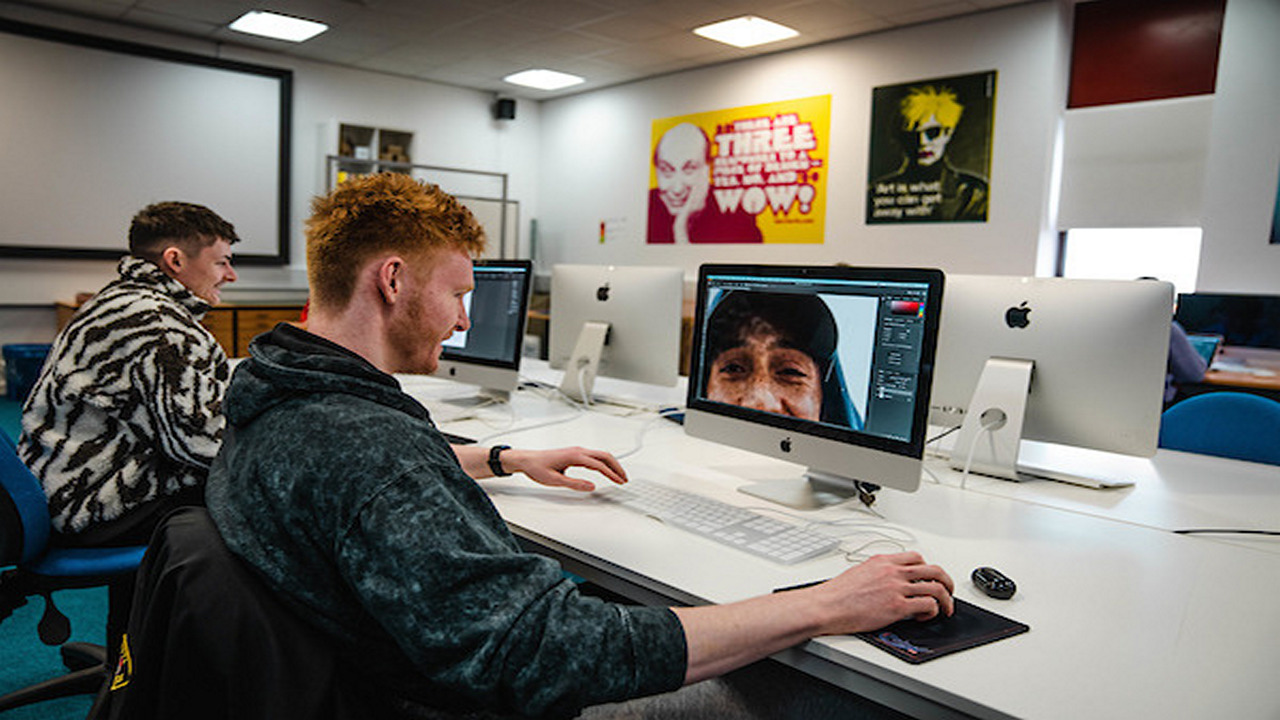Launching a graphic design agency can be an exciting and rewarding venture for creative entrepreneurs. The ever-growing demand for design services in various industries presents ample opportunities for success. However, before diving into this venture, it’s essential to understand the key requirements and considerations to set yourself up for long-term success. Here’s a comprehensive guide on what you need to start a graphic design agency:
A Solid Business Plan

Before embarking on any business venture, it’s crucial to develop a well-thought-out business plan. Your plan should outline your agency’s vision, mission, target market, and competitive analysis. It should also include your pricing structure, marketing strategies, financial projections, and growth plan. A detailed business plan will serve as a roadmap, helping you stay focused and make informed decisions as you progress. Use a Florida pay stub tool to make calculations and make up an effective business plan.
Unique Value Proposition
With countless graphic design agencies in the market, having a unique value proposition will set you apart from the competition. Identify your agency’s strengths and determine what makes your services different or superior. It could be your design style, specialization in a particular niche, excellent customer service, or a combination of factors that make you stand out.
Talented Design Team

The success of a graphic design agency hinges on the skills and creativity of its team members. Assemble a talented and diverse group of designers who can handle various design styles and projects. Look for individuals with experience, a strong portfolio, and a passion for their craft. A cohesive team that collaborates effectively can deliver exceptional results and boost your agency’s reputation.
Equipment and Software
Graphic design requires a range of equipment and software to deliver high-quality work efficiently. Invest in powerful computers or workstations with ample processing power and memory. Ensure you have the latest graphic design software, such as Adobe Creative Suite (Photoshop, Illustrator, InDesign, etc.), CorelDRAW, or Sketch. Additionally, consider investing in hardware like drawing tablets to enhance the creative process.
Office Space or Studio

Decide whether you want to operate your agency remotely or from a physical office space. A dedicated studio or office can provide a more professional environment for client meetings and team collaboration. If you choose a physical location, consider factors such as accessibility, proximity to your target market, and the potential for expansion as your agency grows.
Legal and Financial Considerations
Register your graphic design agency as a legal business entity and obtain any necessary licenses or permits. Consult with an attorney to draft contracts, nondisclosure agreements, and other legal documents to protect your agency’s interests. Set up a business bank account to keep your personal and business finances separate and maintain proper financial records from the outset.
Portfolio and Website
A strong portfolio showcasing your team’s previous work is crucial for attracting clients. Create an impressive portfolio that highlights your range of skills and projects across different industries. Simultaneously, build a professional website that reflects your agency’s brand, showcases your portfolio, and provides essential information about your services, pricing, and contact details.
Marketing and Branding
Effective marketing and branding are essential for gaining visibility and attracting clients. Develop a brand identity that represents your agency’s values and style. Utilize social media platforms, content marketing, and search engine optimization (SEO) techniques to increase your online presence. Networking with potential clients and industry peers can also lead to valuable referrals and collaborations.
Client Relationship Management
Building and maintaining strong client relationships is vital for the long-term success of your graphic design agency. Understand your client’s needs, communicate effectively, and deliver projects on time and within budget. Satisfied clients are more likely to become repeat customers and refer others to your agency.
Continuous Learning and Adaptation
The graphic design industry is constantly evolving, with new trends and technologies emerging regularly. Stay updated with the latest design trends, software updates, and industry best practices. Adaptability and continuous learning are essential for staying competitive and meeting your clients’ changing needs.
In conclusion, starting a graphic design agency requires careful planning, a talented team, appropriate tools, a solid online presence, and a focus on customer satisfaction. By addressing these key requirements and considerations, you can lay the foundation for a successful and thriving graphic design agency.